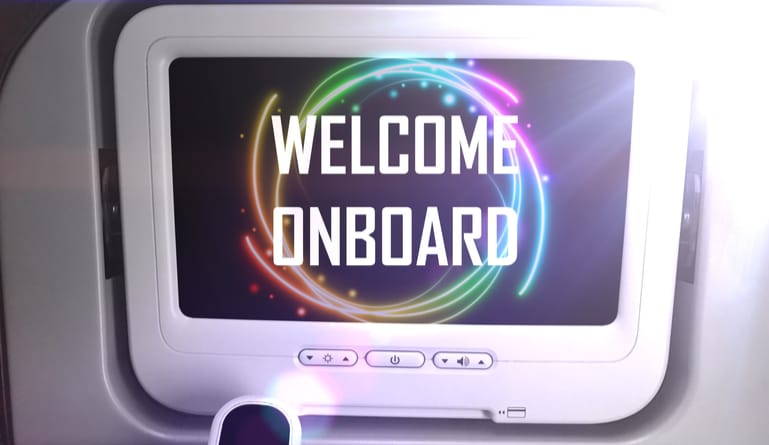How you introduce new employees to your business is important. This article shares seven steps to successful HR onboarding.
The employee onboarding process refers to the action of getting new workers adjusted and accustomed to the aspects of their job. Onboarding includes gaining familiarity with the social environment of their place of work and their responsibilities as it pertains to the work itself. Having to do with the job itself, smoothly and quickly so that they can function effectively as employees. New hire onboarding includes shaping the new employee’s attitudes, behaviors, skills, and knowledge so that he or she can fit in with the organization. Organizations use the HR onboarding process to make new hires feel welcome and a part of the team and to prepare them to do their work efficiently and effectively.
7 steps for a successful employee onboarding process
While every organization has some method for onboarding new employees, the formality, style, sequencing, support, and structure of this process is very different from business to business. The most important day on the job for a new hire is usually the first day, and you want to give them a great impression so that they feel valued and prepared to adapt to the company culture. Providing a bad onboarding experience can inhibit the efficiency of the workplace, set new hires up for failure, give them a negative view of your business, and worst of all, may cause them to leave their job altogether.
7 Step HR Onboarding Process
With that in mind, here is a seven-step process with onboarding tools for the HR onboarding process.
1. Prepare all current employees for the new hire.
Before the new employee comes in for their first day, alert all your employees to their incoming presence. Make sure your employees understand what the new hire’s role will be, what exactly they will be doing, and tell them something about what the employee’s experience is or something else that they will help them in receiving the new person. You should urge your employees to be prepared to welcome and help the new hire on their first day. Making them aware of the new employee ahead of time will help them in this endeavor.
2. Prepare the workstation for the new hire.
One of the greatest ways to make a great impression on a new employee is to make sure that a place for them is ready upon their arrival. Have the new employee’s computer and email set up ahead of time, as well as phone numbers if necessary. You should also provide them with any office supplies they will need. With everything prepared for them, the new person will feel valued and ready to perform at their best on the new job.
3. Make sure they have access to necessary programs, software, and electronic files.
This is in line with getting your new employee’s workstation ready for them. The new hire should not have to spend time downloading and installing files and software that are important to their job. Without them, the new employee will be unable to get to work, have their training stalled, and may take a negative view of the company as unprepared.
4. Introduce the new employee to key people.
Set some time aside on the very first day so that you can make introductions with the new hire and important people in different departments and divisions. Not doing this may leave the new employee with nowhere and no one to go to for help and to get what they need. Making these introductions will give the new hire a good overview of how the hierarchy of your company works and what their role is within your business’s community.
5. Arrange a relaxed gathering for the new employee and their immediate co-workers.
You should plan a team lunch meeting or after-work assembly with the new hire and their team workers. Doing this will allow the employees to get to know each other in an environment where they can be more at ease. You should also take the time to learn more about your new employee personally outside of the formal interview process. Not doing this may leave the new person feeling alienated from their fellows. Taking the time to do this makes new hires feel valued by your company both personally and professionally.
6. Take the time for training.
Take as long as is necessary—at the minimum, one week—so that your employee is well-prepared for their job, even if they have done similar work for another employer. Your training should cover what is expected of employees and alert them to the company’s rules and procedures.
7. Follow-up with them.
This last step is often overlooked by employers. You must check back in with the new employee 30 days, 60 days, and 90 days after their first day on the job, even if you feel like they are doing well and don’t need a check-in. You can also use these check-ins as an opportunity to find out how employees feel about your company’s onboarding process.
Following these steps can give both you and your new employees’ peace of mind and ease throughout the onboarding process. Since research shows that the way in which a new employee will function in the company is set as early as the first two weeks of hire, it stands to reason that it is critically important to get onboarding right the first time. Onboarding varies in many dimensions, but a supportive process can be encouraging and beneficial.




